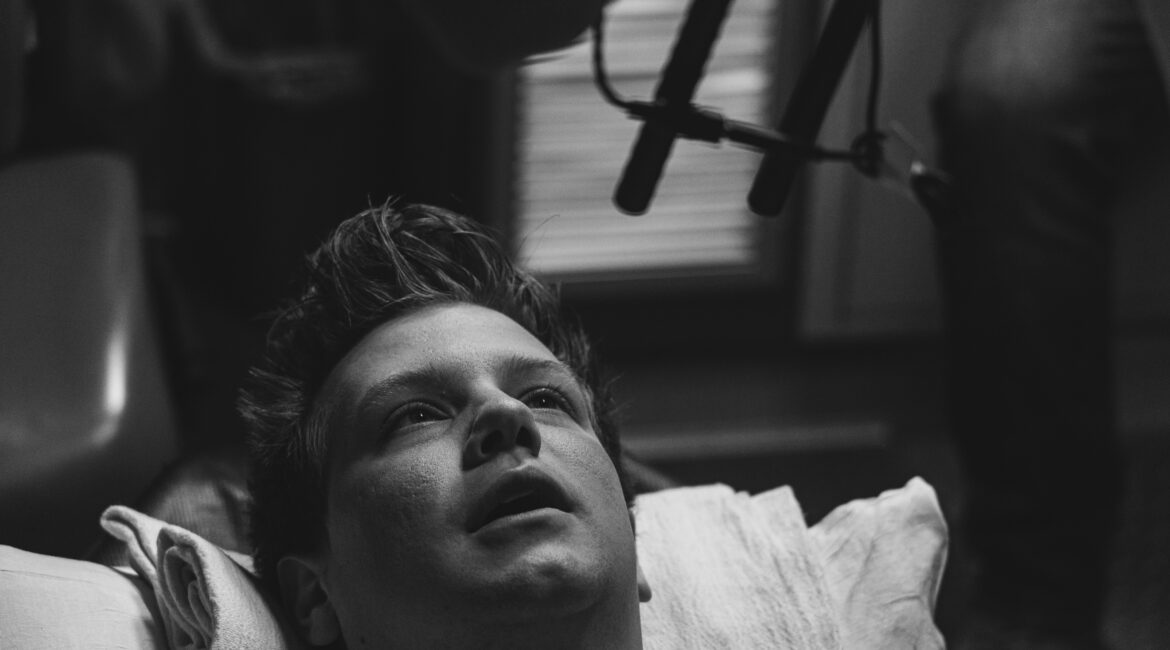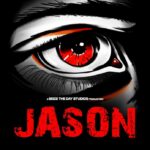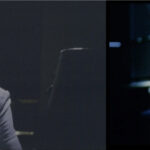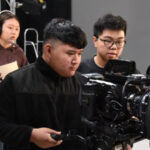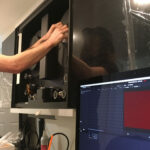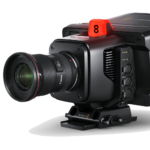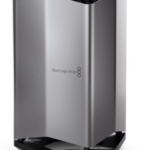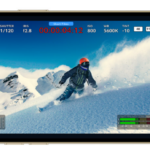The new independent horror film “Creeping Death” was shot with its Blackmagic Pocket Cinema Camera 6K Pro and Blackmagic Pocket Cinema Camera 6K digital film cameras. The cameras’ dual native ISOs and low light capabilities helped capture dark and spooky scenes for the supernatural thriller that’s set on Halloween night.
“Creeping Death” tells the tale of how a bunch of friends accidentally take Halloween pranks too far and disrupt a sacred tradition kept between humans and otherworldly deities known as the Aos Sí. The film recently premiered at FrightFest 2023.
“‘Creeping Death’ is a coming of age story twisted into a supernatural slasher,” explained Writer and Director Matt Sampere. “With the film being set almost entirely on Halloween night, we were forced to shoot a good majority of the film at night and outdoors. Sometimes it was hard to find solid power sources for all our lighting equipment, so we had to work in low light situations. The cameras’ low light capabilities and dual native ISOs made it possible to shoot crisp images in almost any situation.”
“Since most of the film was shot at night or in dark interiors, it was crucial to have cameras that would perform well in low light, especially in terms of shadow retention,” added DP Jonathan J. Lee. “Using the second native ISO of 3200, I was able to save a lot of information in the shadows while being able to recover most of the highlight information through Blackmagic RAW settings in DaVinci Resolve Studio. Speaking of Blackmagic RAW, it’s incredibly efficient in utilizing storage.”
The Pocket Cinema Camera 6K Pro and Pocket Cinema Camera 6K were the film’s primary cameras, while a Blackmagic Pocket Cinema Camera 4K digital film camera was used for second unit photography and to capture B roll.
“We used the Pocket Cinema Camera 6K for the majority of the shoot, with the ISO set to either 1000 or 1250 for maximum dynamic range in highlights and shadows, occasionally bumping it up to 3200 for better low light exposure. We also used the Pocket Cinema Camera 6K Pro exclusively for gimbal work, since we could keep it light with the built in internal NDs and see the composition better with the tiltable screen,” Lee continued.
“Matt’s vision of the film required a lot of movements, creative camera maneuvers and a shooting style akin to guerilla filmmaking, so the Pocket Cinema Cameras were perfect,” explained Lee. “I could run, do tricky shots, and not be exhausted. Their compact, lightweight design also made them ideal since we could throw them on a gimbal, on sticks, and even on C Stands to be hoisted 10 feet up in the air.”
Lee continued, “They were also very intuitive and could be operated by a single camera operator, which was important with our small crew. The fast boot up time and the unparalleled reliability were additional pluses, especially when shooting in some rainy, cold weather.”
The film’s Blackmagic RAW workflow continued into post with grading completed in DaVinci Resolve Studio editing, color grading, visual effects (VFX) and audio post production software, which helped the filmmakers maintain consistency regardless of where or what they were shooting.
“We were shooting in a lot of different environments, from inside tight spaces to the middle of a corn field on a cold October night,” Sampere added. “The cameras are small and lightweight enough that we got indoor shots in tighter spaces, while their low light capabilities allowed us to shoot all of our outdoor scenes without needing tons of extra lighting equipment. However, one of my favorite perks was being able to record at an off speed frame rate and see playback in slow motion without having to wait until I was in post production to see if a certain shot worked.”
Sampere and Lee worked closely with VFX Supervisor Shaina Holmes of Flying Turtle Post during pre-production to prepare for the film’s VFX scenes. After carefully planning which spooky shots could be created with practical effects versus VFX, the team was confident that the cameras could capture what they needed, both for principal photography and for VFX plates.
“The script had a lot of action and supernatural elements that would require VFX, including our monster the Aos Sí. With the film’s tight shooting schedule, we had to balance what we’d shoot practically with how many extra plates we’d need to pull off some of the VFX. We never had to worry about the cameras though, as we knew they’d get whatever we needed to create our Halloween horror,” concluded Sampere.

